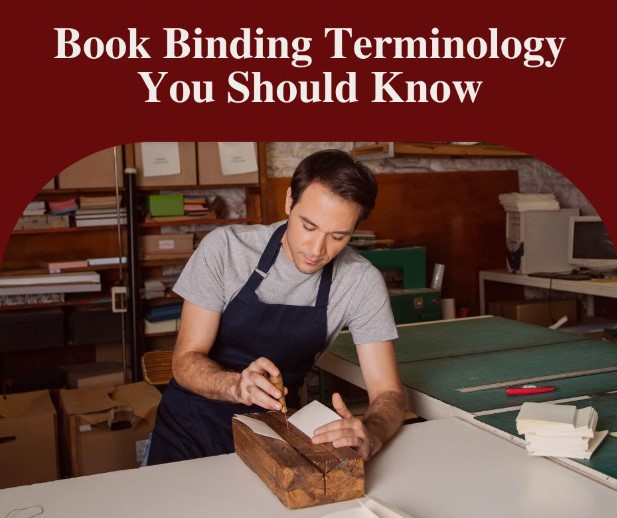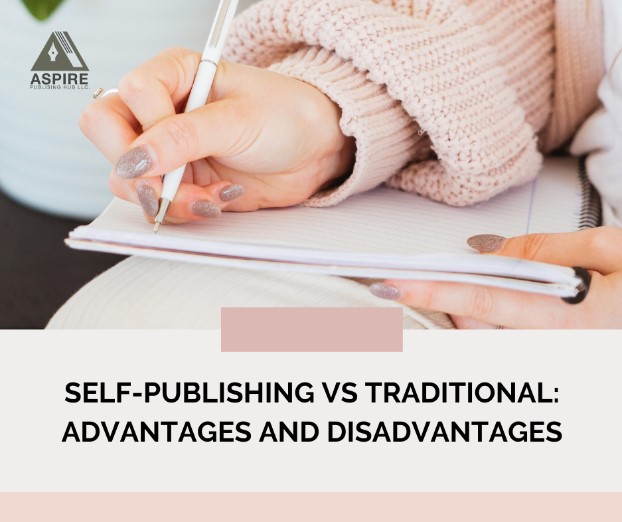Bookbinding terms should be understood by all parties engaged in a book’s creation. You need not even be a part of the publishing industry to get these benefits. Suppose you want to be taken seriously by your publishing and binding partners. In that case, you need to arm yourself with a working knowledge of the industry’s terminology to discuss your needs and expectations on an even playing field.
Boards
The covers, known as boards in the industry, keep the pages within the book. The boards used to be made entirely of wood, but nowadays, they’re manufactured from cardboard. As technology advances, so does the language used to describe bookbinding techniques.
They are often crafted from beech and formed like a wedge. For ease in constructing the spine joint during backing, they are inclined at the wide ends.
Bands
The thongs or cords on which a book’s pages are stitched together. The cords are said to be recessed if they are put into grooves that are level with or slightly below the back surface. When the cords or thongs of a book are not recessed, they create elevated bands along the spine.
Dust Jacket
The dust jacket protects the book’s front cover from dust or moisture damage. Dust Jackets are what people in the United Kingdom call these paper covers. Dust covers not only safeguard books from physical harm but also tell readers about the book’s author and subject matter. Like many other bookbinding words, dust jackets have been used for decades, if not centuries; the earliest surviving dust jackets were printed in the early nineteenth century.
Headband
The book’s spine can be safeguarded with the help of the headband. It could be made of paper or leather and plain or colorful.
A genuine headband is sewn through the parts to close the gap at the spine where the top or bottom of the section meets the edges of the boards. It is made of a core of vellum backed with leather and various colored threads. This mitigates the harm caused by the book being yanked off the shelf by its headband and helps prevent the sections from collapsing under the weight of gravity. A faux headband that serves only as decoration is affixed to the center rear folds of the portions. It is common to refer to the band at the front of a book as the headband and to refer to both the headband and the tailband as the endbands.
End Paper
The first and last pages of a book, known as the endpapers, are adhered to the cover boards. These end pages are typically thicker, have a beautiful pattern; often marbled, and are reinforced by a fabric hinge. The page glued to the board is called a pastedown, and the opposite page is called a free endpaper.
End sheets or pastedowns make the book look better on the inside and prevent the bookbinding board from warping when the cover material dries. Only the endpapers of hardcover books typically have this feature.
These days, there are two distinct types of commercial bindings: those made by hand by skilled artisans in a shop and those made by high-speed machines in a factory. Between the two categories, there is a lot of wiggle room.
Sometimes, a business will handle both the printing and binding processes. Commercial binding is impacted most by manufacturing runs of ten thousand copies or more at a plant.



